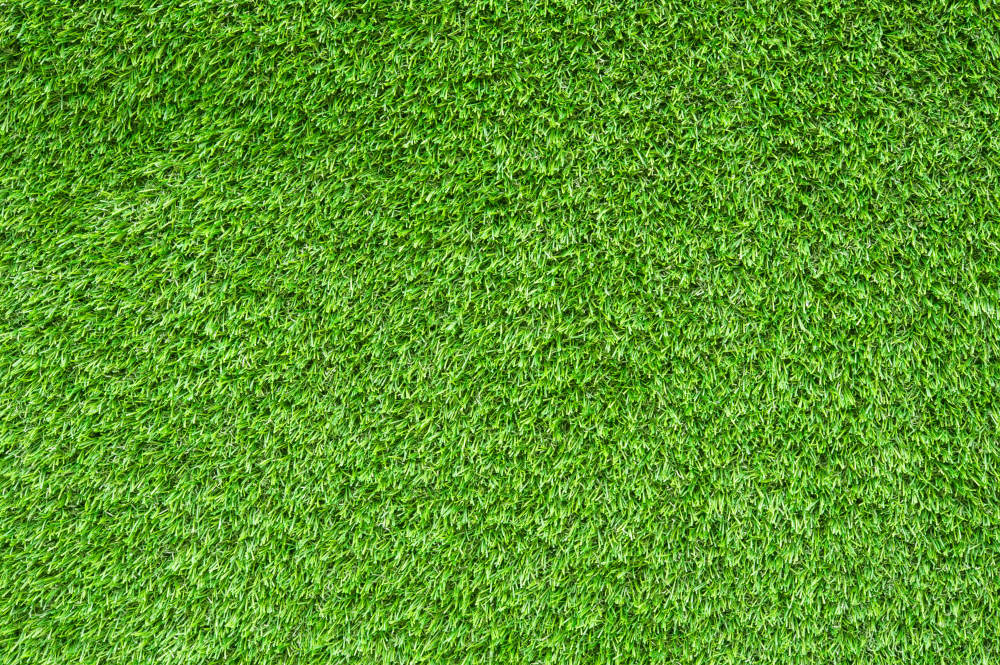How to Install Synthetic Grass

Are you tired of spending hours mowing, watering, and fertilizing your lawn? Synthetic grass is the perfect solution for homeowners in Florida looking to achieve a lush, green lawn without the hassle of regular maintenance. Not only is it durable and long-lasting, but it also offers a fantastic alternative to natural grass, especially in warmer climates where traditional lawns often struggle.
In this comprehensive guide, we'll walk you through the steps for installing synthetic grass, ensuring you get the best results for your property. If you're looking for synthetic turf grass in Florida, contact From The Ground Landscaping today for free estimates!
Benefits of Synthetic Grass
Low Maintenance
Unlike natural grass, synthetic grass requires minimal maintenance. There's no need for mowing, watering, or fertilizing, which saves time and money.
Durability
Synthetic turf is designed to withstand heavy foot traffic and extreme weather conditions, making it a great investment for your home.
Environmental Benefits
By switching to synthetic grass, you can conserve water and reduce the use of harmful pesticides and fertilizers, contributing to a healthier environment.
Steps for Installing Synthetic Grass
1. Planning and Preparation
Before you start, it's crucial to plan your installation process. Take measurements of the area where you want to install the synthetic grass and purchase enough materials. Make sure to include a few extra square feet to account for any mistakes or adjustments. Here are the materials you'll need:
- Synthetic grass
- Weed barrier
- Crushed stone or gravel
- Sand
- Adhesive tape and glue
- Utility knife
- Rake
- Plate compactor
- Turf nails or staples
2. Clear the Area
Remove any existing grass, rocks, roots, or debris from the installation area. Use a sod cutter or shovel to dig down to a depth of about 3-4 inches. This will ensure a smooth and even surface for your synthetic grass.
3. Install a Weed Barrier
Lay down a weed barrier fabric to prevent weeds from growing through your synthetic grass. This will help maintain the appearance and longevity of your turf.
4. Create a Base Layer
Add a layer of crushed stone or gravel to the excavated area. This will serve as the base for your synthetic grass and provide proper drainage. Use a rake to spread the material evenly and create a smooth surface.
5. Compact the Base
Use a plate compactor to compact the crushed stone or gravel base. This will ensure a stable and level foundation for your synthetic grass. Repeat this process several times, adding more material as needed, until the base is firm and even.
6. Add a Layer of Sand
Spread a thin layer of sand over the compacted base. This will help create a smooth surface for the synthetic grass and improve drainage. Use a rake to distribute the sand evenly.
7. Lay the Synthetic Grass
Roll out the synthetic grass over the prepared area, making sure the edges overlap by a few inches. Allow the grass to sit for a few hours to acclimate and settle.
8. Trim and Fit the Grass
Use a utility knife to trim the edges of the synthetic grass, ensuring it fits snugly against the borders of the installation area. Be sure to cut the grass carefully to avoid damaging the fibers.
9. Secure the Seams
If you're installing multiple pieces of synthetic grass, use adhesive tape or glue to secure the seams. Lay the tape or glue along the edges of the adjoining pieces and press them together firmly. This will create a seamless appearance and prevent the grass from shifting.
10. Secure the Edges
Use turf nails or staples to secure the edges of the synthetic grass. Space the nails or staples about 6-8 inches apart and make sure they are driven deep enough to hold the grass in place. Be careful not to drive the nails or staples too deep, as this can cause the grass to sink.
11. Brush the Grass Fibers
Use a stiff-bristled broom or power brush to brush the synthetic grass fibers, helping them stand upright and giving your lawn a natural appearance. This will also help distribute the infill material evenly.
12. Add Infill Material
Apply a layer of infill material, such as silica sand or rubber granules, to the synthetic grass. This will help support the grass fibers, improve drainage, and provide a cushioning effect. Use a drop spreader to distribute the infill evenly and brush the grass fibers again to work the material into the turf.
13. Inspect and Maintain
After completing the installation, inspect your synthetic grass for any areas that may need additional attention or adjustment. Regularly brush the grass fibers and add more infill material as needed to maintain the appearance and performance of your lawn.
Conclusion
Installing synthetic grass is a cost-effective and environmentally friendly way to enjoy a beautiful lawn without the hassle of regular maintenance. By following these steps, you can achieve professional results and enjoy your new synthetic grass for years to come.
If you're looking for synthetic turf grass in Florida, contact From The Ground Landscaping today for free estimates! Our team of experts is here to help you every step of the way, ensuring you get the perfect lawn for your home.